I think my children wondered what on earth I was doing when I pulled out this activity, but actually they really enjoyed it and ended up working really well together to solve the problem.
On a personal note, while my love of science stems from a fascination with viruses I have always found space travel and exploration to be incredibly inspiring. We visited Kennedy Space Centre last year and I found myself shedding a tear or two as the story of the Shuttle unfolded. It's just such an amazing example of what hard work, bravery and determination can achieve.
Here in the UK, we've been following Tim Peake's experience aboard the ISS very enthusiastically and have lots of fun space themed activities and experiments planned over the new few months.
Docking with the ISS - Background
When a spacecraft like the Soyuz docks with the ISS a probe is guided into a cone, a latch closes and the probe retracts to pull the spacecraft together.
Back in December Commander Yuri Malenchenko had to take over manual control at the last minute to dock safely. After backing away and assessing the ship's alignment and control, he guided the craft in safely.
We've devised a little activity to give a bit of insight into this tricky process.
What you need
String/Rope
A small rocket made from LEGO, cardboard, plastic etc. We used a Lego plane.
A box with a hole
Paper cup
Two volunteers
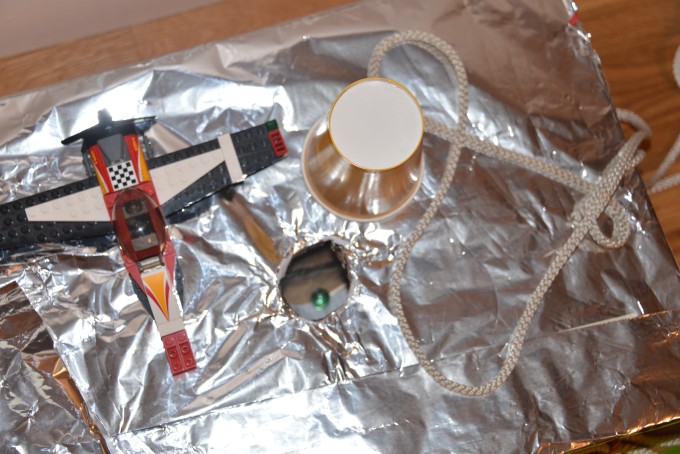
The Mission - dock with the ISS
To manoeuvre the rocket into the paper cup without knocking it over. Start with the box for a bit of practice.
Method
Tie the string around the waist of your volunteers and tie a smaller piece of string around the centre with your rocket attached.
Place the box with the hole between the volunteers and ask them to guide the rocket into the hole in the box ( the docking station ) without touching the rope.
Repeat the activity using the paper cup - don't knock it over and remember NO HANDS!
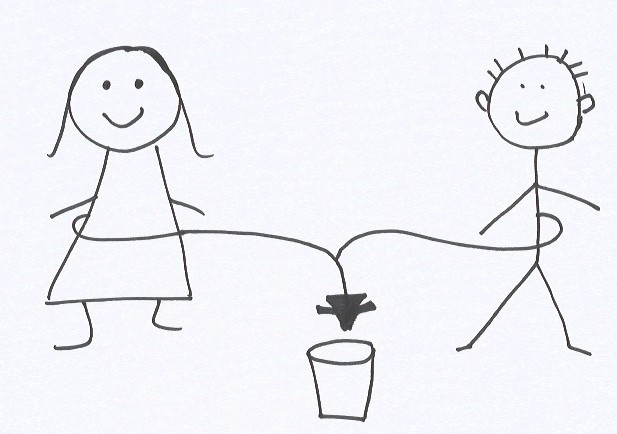
Top tips for a successful docking
Try moving backwards and forwards, closer together, and bend your knees. Which works the best?
Is it easier with a shorter string?
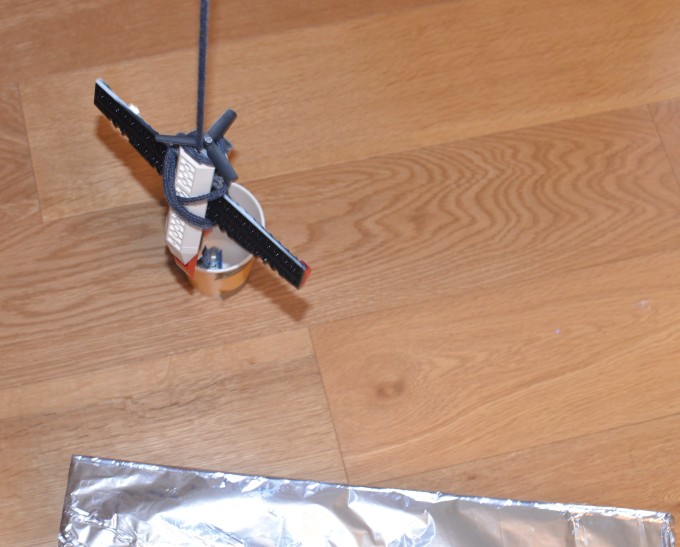
Why is it so hard for a spacecraft to dock with a space station?
There are three principles that need to be considered to understand how objects move in space. These are Newton's Laws of Motion. For young children, it's not too important to understand these yet, but the basic principles can be fun to introduce.
Newton's Laws of Motion
Objects at rest stay at rest, and objects in motion will continue to move in a straight line unless acted upon by a force.
Imagine a toy car on the ground. It won't move until a force is applied to push it forwards and will keep going straight unless a directional force is applied.
Force is equal to mass times acceleration.
Think about kicking a light plastic football and a heavy leather football. It takes a lot more force to move the heavier ball the same distance as the lighter ball.
For every action, there is always an opposite and equal reaction.
Newton's Third Law seems very obvious when you think about a space rocket taking off. The rocket's action is to push down on the ground with the force of its engines, the equal upward force pushes the rocket up.
If you think about air coming out of a balloon, the air is being forced downwards, yet the balloon will fly upwards.
Last Updated on July 11, 2025 by Emma Vanstone
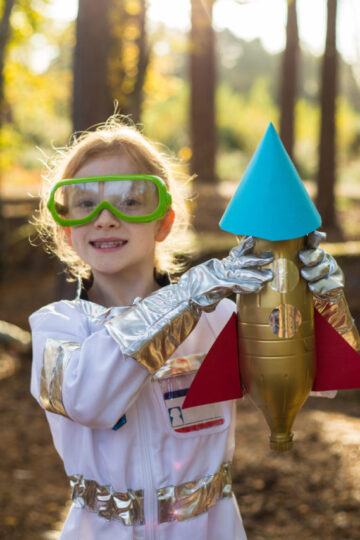
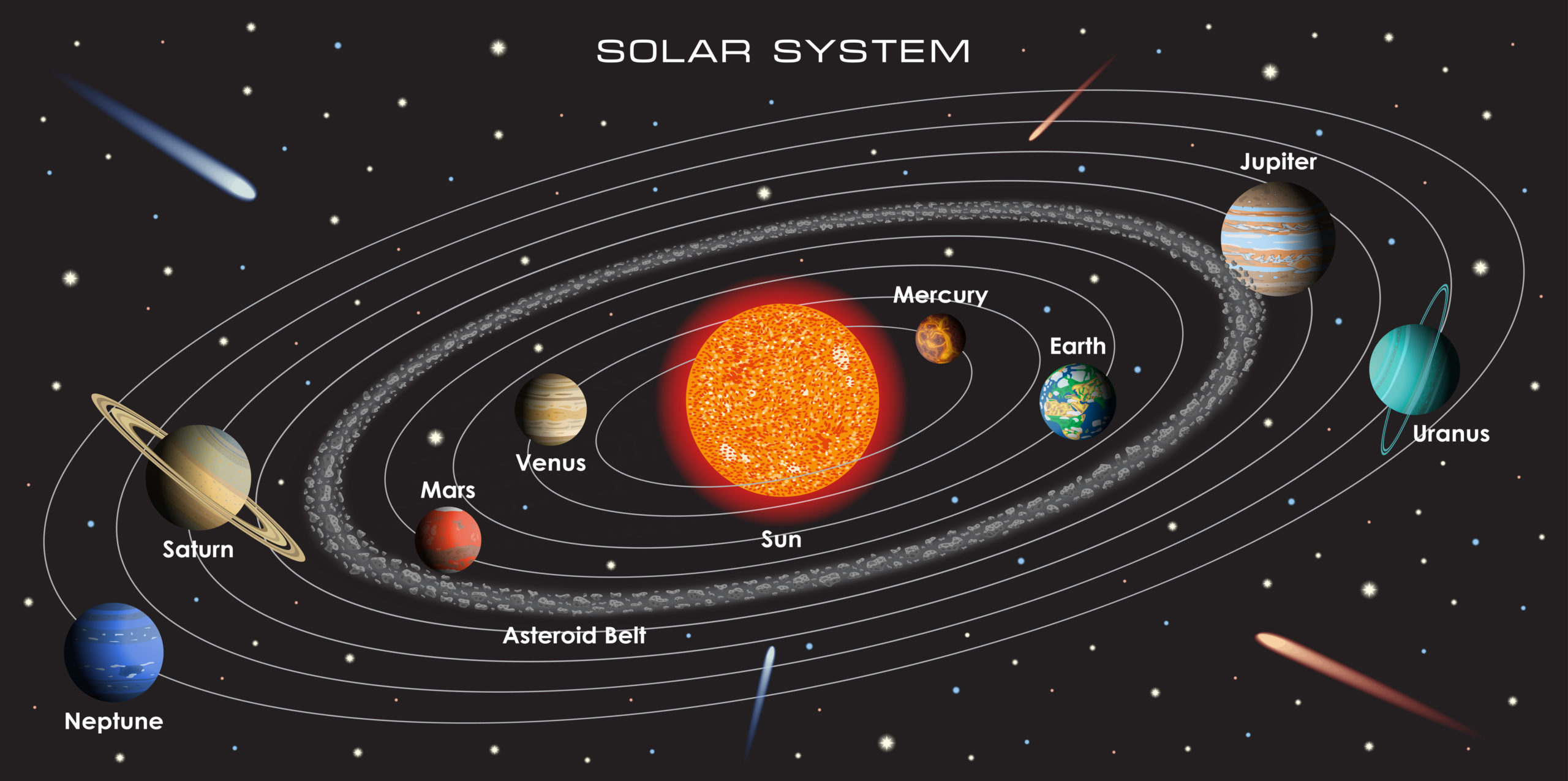

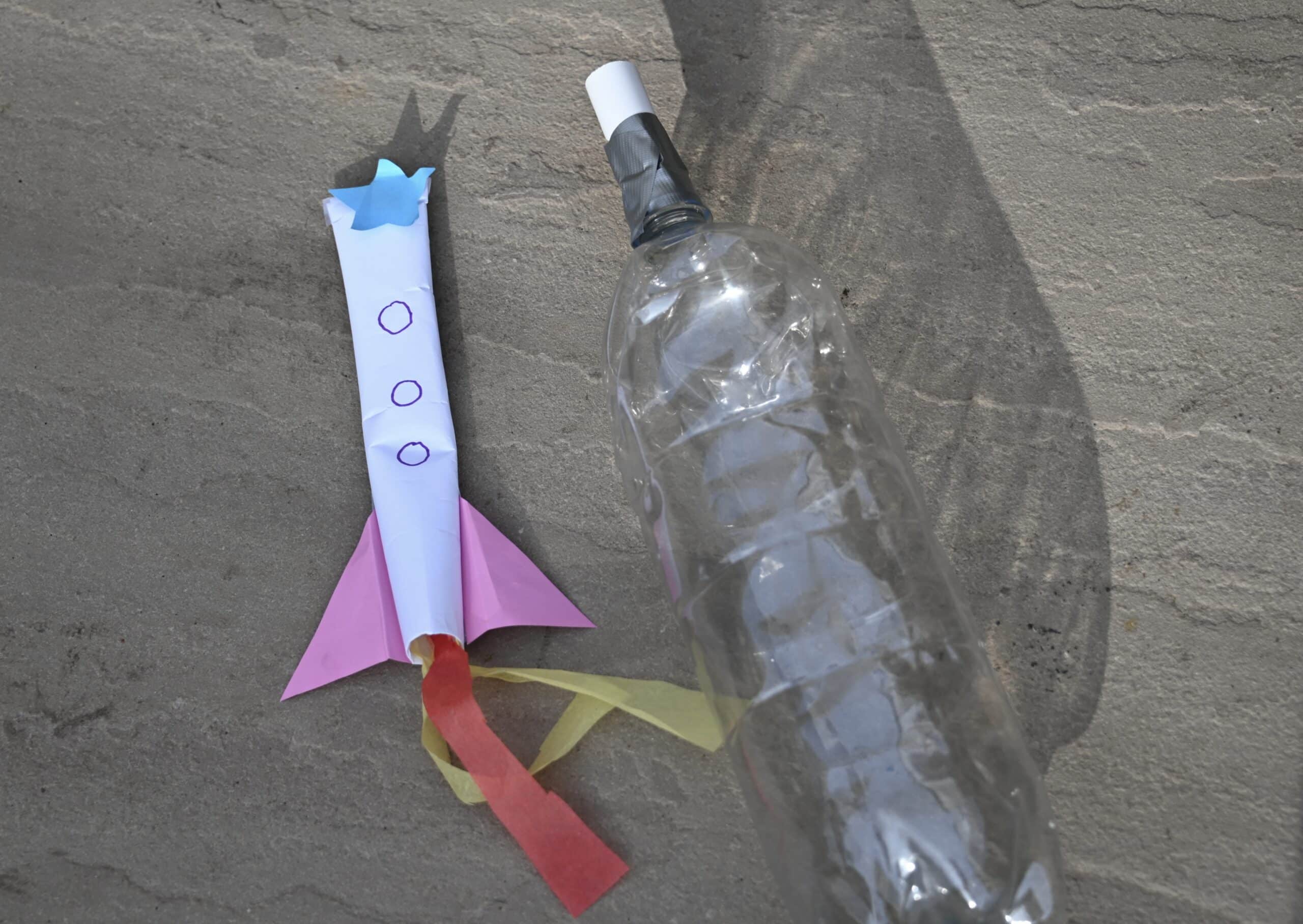
Leave a Reply